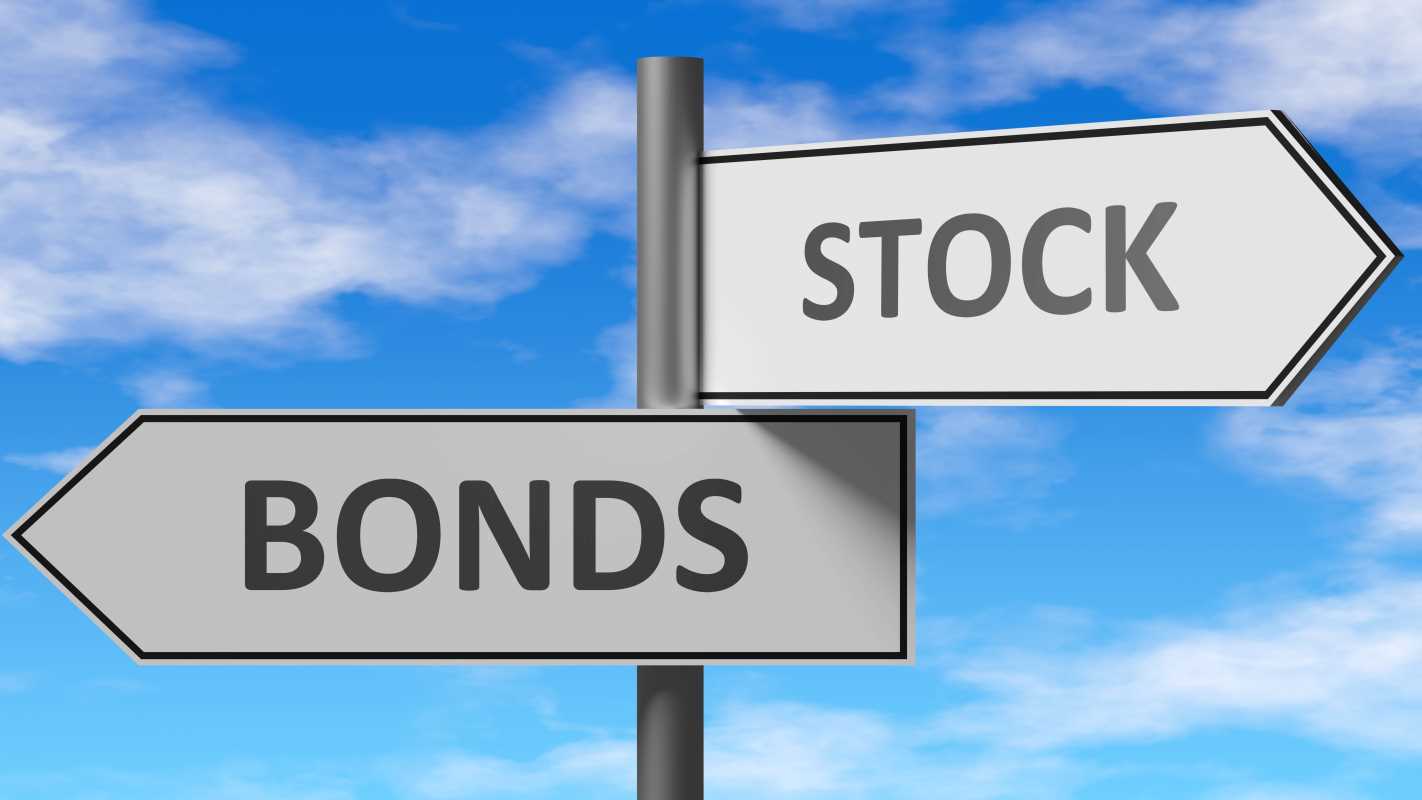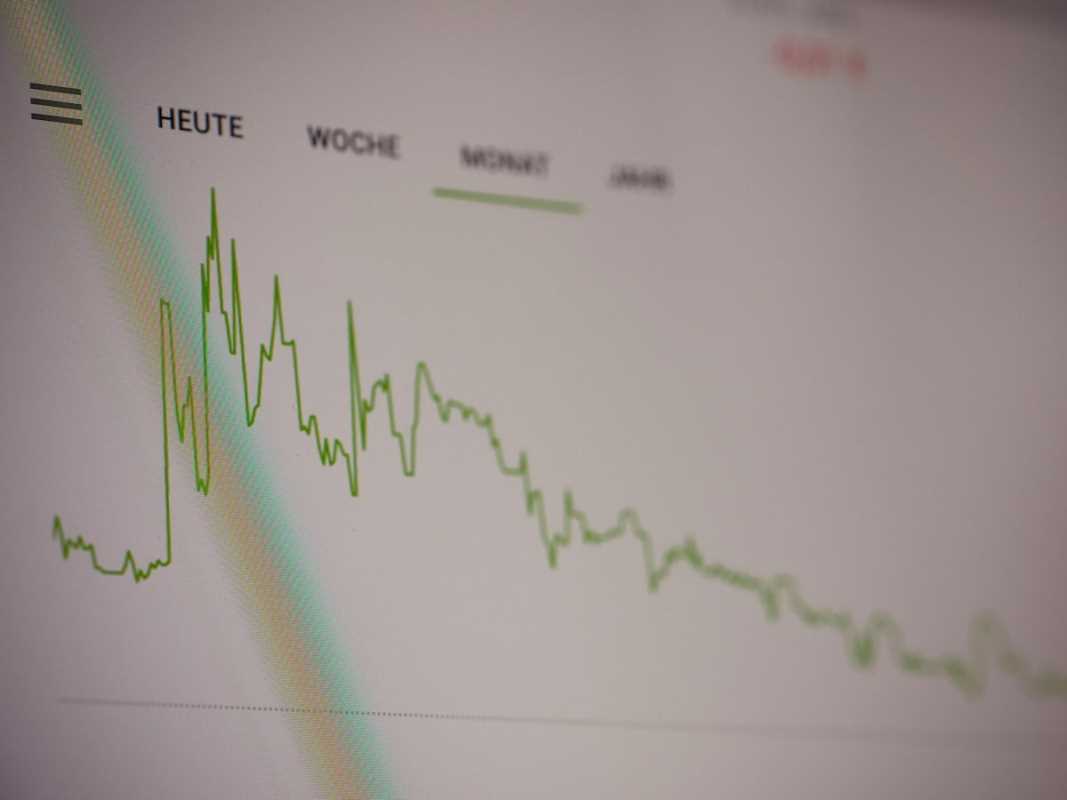Thinking about investing can feel like trying to solve a puzzle in a language you don't understand. You hear words like "equities," "fixed-income," "yields," and "market caps," and it's easy to just tune out. The world of finance seems built to be confusing. But what if the two most important building blocks of investing, stocks and bonds, are actually simple concepts? Forget the complicated jargon for a moment. At their core, stocks and bonds are just two different ways to use your money to help a company or government grow, with the hope of getting more money back in return. Once you understand the basic roles they play, the entire investing landscape becomes much clearer and far less intimidating.
What is a Stock? It's All About Ownership
A stock is a share of ownership in a company. When you buy a stock, you become a part-owner of that business. If you buy a share of a popular coffee company, you own a tiny piece of its stores, its brand, and its future profits. As an owner, you share in the company's fortunes. If the business does well, expands, and makes more money, the value of your ownership slice, your stock, can go up. This increase in value is called a capital gain. Some companies also choose to share their profits directly with their owners by paying dividends, which are regular cash payments made to shareholders. Stocks offer the potential for high growth, but that potential comes with higher risk, because if the company struggles, the value of your ownership can go down.
What is a Bond? It's All About Loaning
A bond is the complete opposite of a stock. When you buy a bond, you are not becoming an owner; you are becoming a lender. You are essentially loaning your money to a company or a government for a set period of time. In exchange for your loan, the issuer promises to pay you regular interest payments, often called "coupon payments," throughout the life of the loan. At the end of the term, known as the bond's "maturity date," the issuer pays you back your original investment in full. Bonds are generally considered much safer than stocks because you are a lender, not an owner. You are promised a specific return, and your original principal is scheduled to be returned.
Why Companies and Governments Use Them
Companies and governments need money to fund their operations and projects. They can raise this money in two primary ways: by selling ownership or by taking on debt. When a company wants to fund major growth and is willing to give up a piece of ownership to do it, it issues stock. When a company or a government needs to borrow money for a specific project, like building a new factory or a new bridge, and wants to pay it back over time, it issues bonds. Investors choose between them based on their financial goals. Those seeking high growth potential over the long term often lean toward stocks. Those who want stability, predictable income, and preservation of their original investment tend to prefer bonds.
The Classic Trade-Off: Risk and Reward
The fundamental difference between stocks and bonds comes down to risk and reward. Stocks offer unlimited upside potential. A small company could grow to be a global giant, making its early owners very wealthy. However, stocks also have significant downside risk. If a company goes bankrupt, the stockholders are last in line to get paid and can easily lose their entire investment. Bonds, on the other hand, have a limited, predefined reward. You know exactly what interest rate you will receive and that you are scheduled to get your principal back. The risk is much lower; if a company goes bankrupt, bondholders get paid before stockholders. This safety comes at the cost of lower potential returns.
How Prices Move and Why Interest Rates Matter
Stock prices are in constant motion, driven by supply and demand based on the company's performance, industry trends, and the overall economic outlook. Bond prices also move, but they are most heavily influenced by changes in interest rates. Imagine you buy a bond that pays 3% interest. If the central bank raises interest rates and newly issued bonds start paying 5%, your 3% bond becomes less attractive, and its price on the open market will likely fall. Conversely, if interest rates fall to 1%, your 3% bond looks great in comparison, and its price will likely rise. This inverse relationship between interest rates and bond prices is a key concept for investors to understand.
The Power of a Balanced Portfolio
Because stocks and bonds often behave differently, holding a mix of both is a time-tested strategy for building a resilient portfolio. This is called diversification. In a strong economy when companies are thriving, your stocks will likely do very well. In a weaker economy or a period of uncertainty, the stability and income from your bonds can provide a valuable cushion, helping to smooth out the overall volatility of your portfolio. The traditional role of bonds is to act as a stabilizer against the ups and downs of the stock market. Finding the right balance between the growth engine of stocks and the safety net of bonds is the key to matching your portfolio to your personal financial goals.
Reading the Basics of Stocks and Bonds
When you look up a stock quote, you might see its "market cap," which is the total value of the company, and its "P/E ratio," which gives you a rough idea of how its price compares to its profits. For a bond, you’ll see its "coupon rate," which is the interest it pays, and its "maturity date," which is when you get your principal back. You will also see a credit rating from an agency like Moody's or S&P. This rating, like a grade on a report card, tells you how likely the issuer is to pay back the loan, with AAA being the highest and safest rating.
Where Do You Keep Your Investments?
You can hold stocks and bonds in a regular taxable brokerage account. However, for long-term goals like retirement, it's often more powerful to use tax-advantaged accounts. A 401(k) offered by an employer or an Individual Retirement Account (IRA) that you open yourself allows your investments to grow without you having to pay taxes on the gains or income each year. This tax-deferred or, in the case of a Roth IRA, tax-free growth can dramatically accelerate your wealth-building over decades. These accounts are simply containers that give your stocks and bonds a tax-friendly environment to grow in.
Building a Simple Starter Mix
Your ideal mix of stocks and bonds depends on your time horizon and your comfort with risk. A young investor with 40 years until retirement has a long time to recover from market swings and might choose a portfolio that is heavily weighted toward stocks, such as 80% stocks and 20% bonds, to maximize growth. Someone who is just 10 years from retirement might choose a more balanced mix, like 60% stocks and 40% bonds. An investor who is already in retirement and relies on their portfolio for income might have a very conservative mix, like 30% stocks and 70% bonds, to prioritize stability and income.
Common Mistakes You Should Avoid
As you begin your journey, steer clear of a few common traps. Don't chase high yields. A bond offering an unusually high interest rate is often a sign of very high risk, meaning the issuer might be in danger of defaulting on its loan. Similarly, don't try to time the market by jumping in and out of stocks. It's nearly impossible to do successfully, and you are more likely to miss out on the market's best days. The most dangerous mistake is having an allocation that doesn't match your timeline, like investing your down payment for a house you want to buy next year entirely in stocks.
A Clear Path to Get Started
Starting is simpler than you think. First, open an investment account, like a Roth IRA, at a reputable, low-cost brokerage firm. Second, decide on a simple mix of stocks and bonds that aligns with your age and goals. You can achieve this easily by buying one or two low-cost, broadly diversified stock and bond index funds. Third, set up automatic contributions from your bank account. This "pay yourself first" approach ensures you are investing consistently. By starting with a clear plan and focusing on the long term, you can harness the distinct powers of both stocks and bonds to build a secure financial future.







